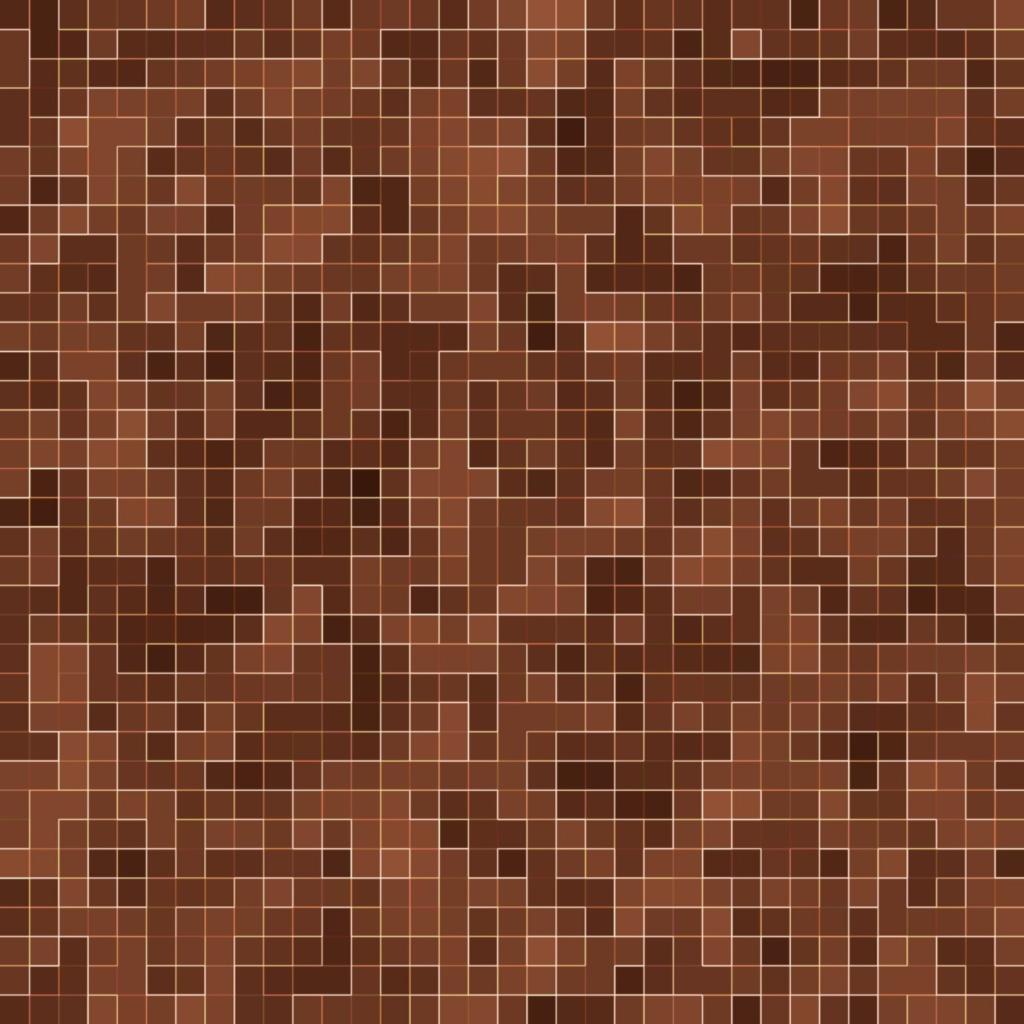What Makes an Envelope Adaptive?
Traditional façades were armored shells; adaptive envelopes behave like skin. They adjust shading, ventilation, and transparency, balancing daylight and heat. Share how your building copes with seasonal swings, and subscribe to follow our upcoming experiments with sunlight, airflow, and occupant comfort.
What Makes an Envelope Adaptive?
At the heart is a simple loop: sensors measure conditions, controls decide the response, actuators change the façade. This choreography turns data into comfort. Comment with tools you trust, whether simple thermostats or digital twins orchestrating complex arrays of louvers, vents, and smart glazing.




